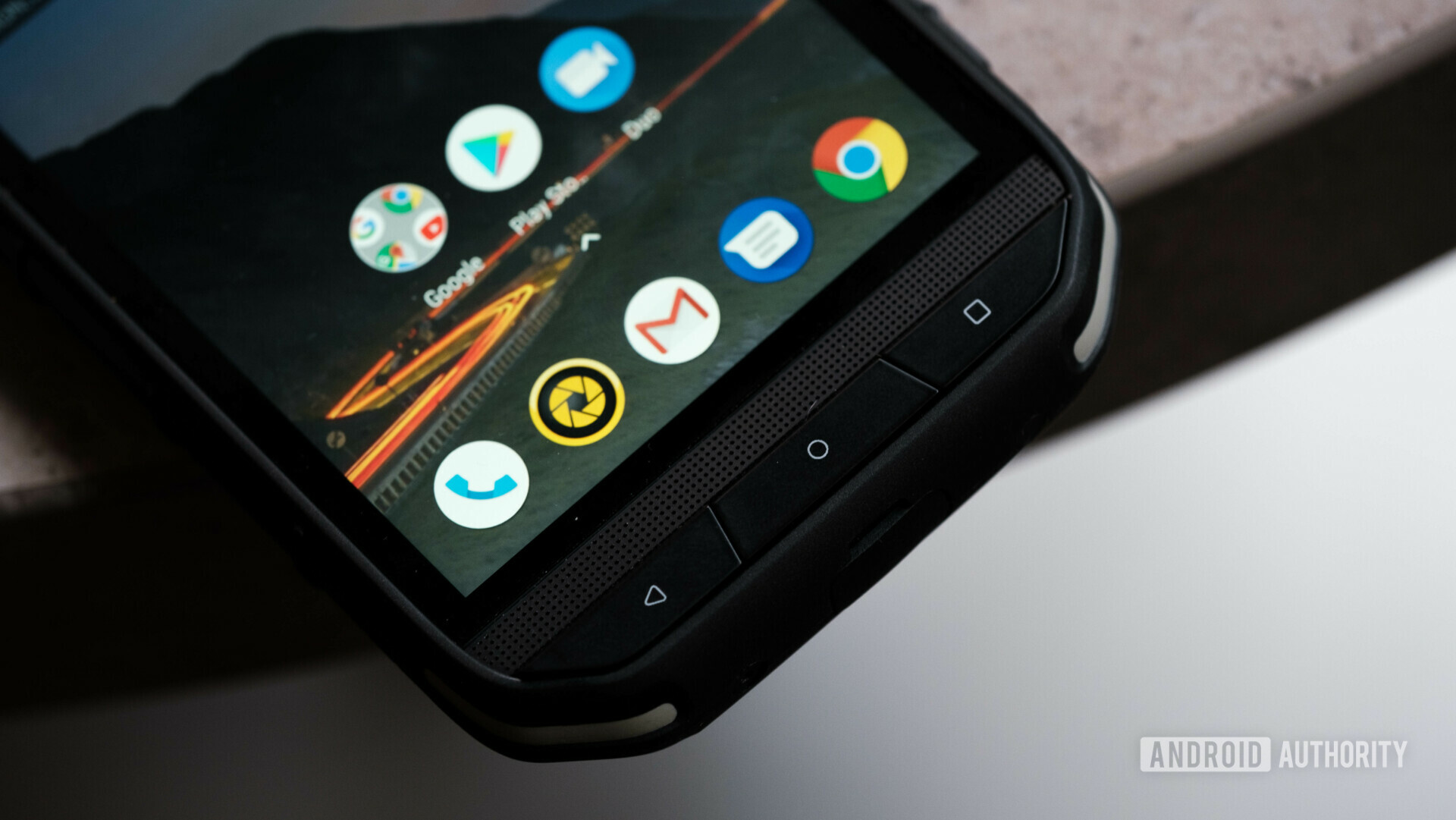The best Chromebooks of CES 2019
Google’s Chrome OS had a small footprint during the CES 2019 technology show in Las Vegas. Models were scarce compared to Windows 10 devices, though Asus wasn’t shy with its portfolio of five Chromebooks for the mainstream and education markets.
The big Chromebook news during the show stemmed from AMD. The company now dishes out all-in-one A-Series “c” processors, aka Accelerated Processing Units, revised and optimized for Google’s Chrome OS platform.
Typically, we see units shipping with MediaTek and Intel chips, and while we have yet to benchmark a Chromebook with AMD’s new chips, the tweaked APUs promise to be great for running Android apps on Chromebooks without breaking the bank.
Read: Buyer’s guide: What is a Chromebook, what can and can’t it do?
That said, here are the best Chromebooks that were on display during the CES 2019 show in Las Vegas!
Acer Chromebook 315

The first AMD partner on our list is Acer with its new Chromebook 315. It packs a 15.6-inch IPS display with a Full HD resolution served up in touch and non-touch flavors. You’ll see a decent amount of system memory and the usual limited storage capacity as seen with other Chromebooks. That means photos and videos many need to be pushed onto a microSD card after installing your Android app treasure trove.
Outside AMD’s involvement, what we really loved about this Chromebook was its upward-facing speakers parked on each side of the keyboard. Typically, speakers reside on the bottom, projecting muffled sound away from your ears and onto the surface below, like a desktop or your lap. That’s not the case here.
Other notable goodies crammed into this Chromebook include USB Type-C connectivity, a backlit keyboard on the touch-based model, and a weight of a mere 3.79 pounds.
Acer’s new Chromebook 315 lands in North America this February for a starting price of $279.
HP Chromebook 14

Next is HP’s new Chromebook 14, the second model revealed during the show sporting an AMD all-in-one processor. Compared to Acer’s model, this Chromebook packs a smaller 14-inch screen with an even lower HD-class resolution.
Here you’ll see a smaller amount of system memory than what appears in Acer’s model, but the same storage amount. You’ll also see a microSD card slot to help solve your storage woes, USB Type-C connectivity, and a pair of USB Type-A ports.
For now, the only color option you’ll find is a textured Chalkboard Gray finish. Overall, this model sports a rather standard Chromebook design while adding a 180-degree hinge, so you can lay the device completely flat and open on any surface to easily share the screen’s content. This Chromebook weighs 3.4 pounds and promises up to nine hours and 15 minutes of mixed usage.
HP’s Chromebook 14 ships January 22 with a starting price of $269.
Asus Chromebook Flip

The next Chromebook on our list doesn’t rely on an AMD processor. The Asus Chromebook Flip C434 is the successor to the Flip C302 packing eighth-generation Intel Core Y-series processors designed to extend battery life by consuming very little power. Asus also increased the former 12.5-inch screen to the current 14 inches but retained the same Full HD resolution.
As the name suggests, the Flip C434 includes a 360-degree hinge to enable the typical laptop, tablet, stand, and tent 2-in-1 positions. Asus says it crammed a 14-inch screen into a 13-inch all-aluminum chassis, enabling bezels measuring just five millimeters thin.
Configurations will consist of up to 8GB of system memory, up to 128GB of internal storage, and a microSD card slot. You’ll also find two USB Type-C ports, a USB Type-A port for peripherals, and an audio combo jack.
According to Asus, this Chromebook will launch in the coming months in various configurations with a starting price of $569.
HP Chromebook x360 14 G1

Also shipping without an AMD processor, HP’s new x360 14 G1 for professionals serves as the company’s first Chromebook to support Intel’s Core i7 processors. It’s based on a 14-inch IPS touch-enabled screen with a Full HD resolution backed by 16GB of system memory and up to 64GB of storage.
HP’s model relies on a 360-degree hinge enabling laptop, tablet, tent, and stand 2-in-1 modes. This should be ideal for professionals who need to share their work in the office, though we’re surprised this model doesn’t ship with a compatible pen.
Other goodies you’ll find in this professional Chromebook include HP Classroom Manager software, two USB Type-C ports, a USB Type-A port, a micro SD card slot, a backlit keyboard, and a battery promising up to 13 hours on a single charge.
The new Chromebook x360 14 G1 will be available this month for a currently unknown price.
And so that’s that. As you can see, AMD really won the Chromebook show this CES. On a final note, Asus also introduced its Education series during the show. This new lineup starts with the company’s first Chrome OS tablet: the Chromebook Tablet CT100. Following this new tablet is the 11.6-inch clamshell-style Chromebook C204, the 11.6-inch ruggedized convertible Chromebook Flip C214, and the 14-inch clamshell-style Chromebook C403.
Source: Android Zone
The post The best Chromebooks of CES 2019 appeared first on TuneMaster.ml.














































